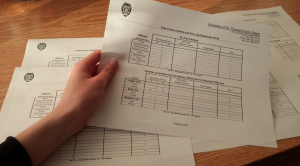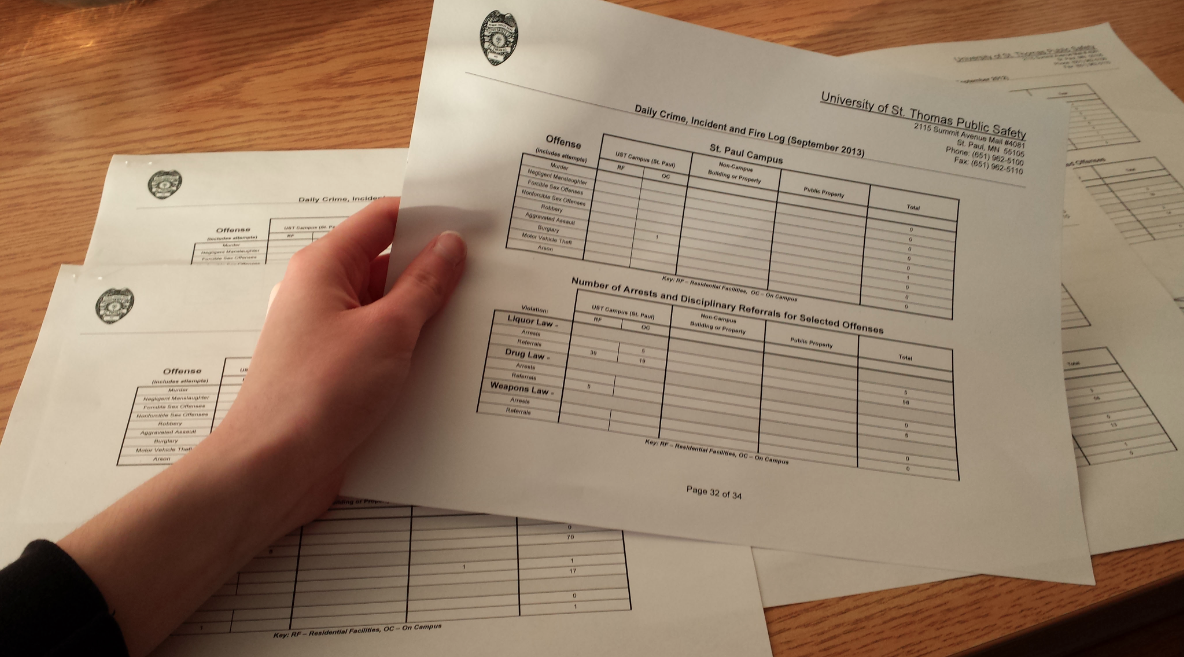A marijuana byproduct becoming increasingly popular across the country hasn’t been discovered yet on campus, but Public Safety officials are warning against the hazards of making and using it.
Making butane hash oil, a high-potency extract of marijuana, involves the use of flammable solvents, particularly butane.
Butane can be bought at any hardware store, and Associate Director of Public Safety Michael Barrett said the method of making BHO is extremely hazardous.
“What I’m most concerned about is the process for making the drug,” Barrett said.

The U.S. Fire Administration reported last year that explosions around the country were caused by the use of lighter fluid and other flammable materials used to create the drug. The fires and explosions have burned out windows and walls and left a number of people in the hospital with severe burns.
Most recently, on Tuesday, fire officials in Seattle blamed BHO for a home explosion, which is just the latest in a string of hash oil-related explosions and fires on the west coast.
Last month, FEMA issued an alert in its Emergency Response and Information Sharing and Analysis Center bulletin identifying the signs of a hash-oil fire or explosion. It warns that the BHO trend may increase the frequency of this type of incident.
Barrett also said the materials used to make BHO make it more dangerous for users.
“It’s worse for a person to smoke because of the chemicals used to make it,” Barrett said.
In addition to the harmful chemicals, BHO contains large amounts of THC.
Combating drug use on campus
Barrett said that over the years, THC levels in marijuana have dramatically increased, so a user needs less of the intoxicant to get high.
Because of this, users carry less of the drug, so it’s becoming less common to arrest someone in possession of a felony-level amount. The state of Minnesota has not lowered the possession limit for marijuana.
Minnesota’s threshold for felony possession is 42.5 grams of marijuana or more.
Barrett explained that many students do not see the use of this drug as a big deal and said Public Safety does not want to see BHO in residence halls.
“It’s not uncommon to smell marijuana in the (residence) halls and discover underage consumption (of alcohol),” Barrett said. “(Drug use) is about the same as society in general. It happens, but it’s not any more or less common here than in other places.”
Public Safety was involved in more total drug and alcohol arrests and referrals in 2013 than in 2012. There were 265 total in 2013 compared to 215 in 2012.
“Some years are worse than others, and we can’t always pinpoint why,” Barrett said.
Barrett said peer involvement and the level of policy enforcement by Residence Hall staff are major contributors to the amount of drug use in residence halls.
Sophomore MaryCate Landt, a resident adviser in Murray Hall, said she trusts Public Safety’s judgement.
“Public Safety is really good, they know exactly what to do,” Landt said. “If you have a feeling there are drugs in (a dorm room) you call Public Safety. They don’t want us to deal with it.”
Junior Allen Shaughnessy, a resident adviser in Brady Hall, said he’s dealt with drug use in residence halls multiple times.
“Public Safety usually handles it really professionally, and it’s not a big deal to them unless there’s other things involved, like harder drugs and stuff like that,” Shaughnessy said.
Freshman Sydney Burford said she thinks alcohol is used more often than drugs on campus.
“I definitely feel like alcohol is more of a problem here because that’s normally all I hear people getting busted for,” Burford said.
Students with drug or alcohol offenses will face the consequences of violating the St. Thomas student code of conduct, but Barrett explained that the university will do what it can to help the student get back on track and continue his or her studies.
“The ultimate goal at St. Thomas is education,” Barrett said.
Jamie Bernard can be reached at bern2479@stthomas.edu.

